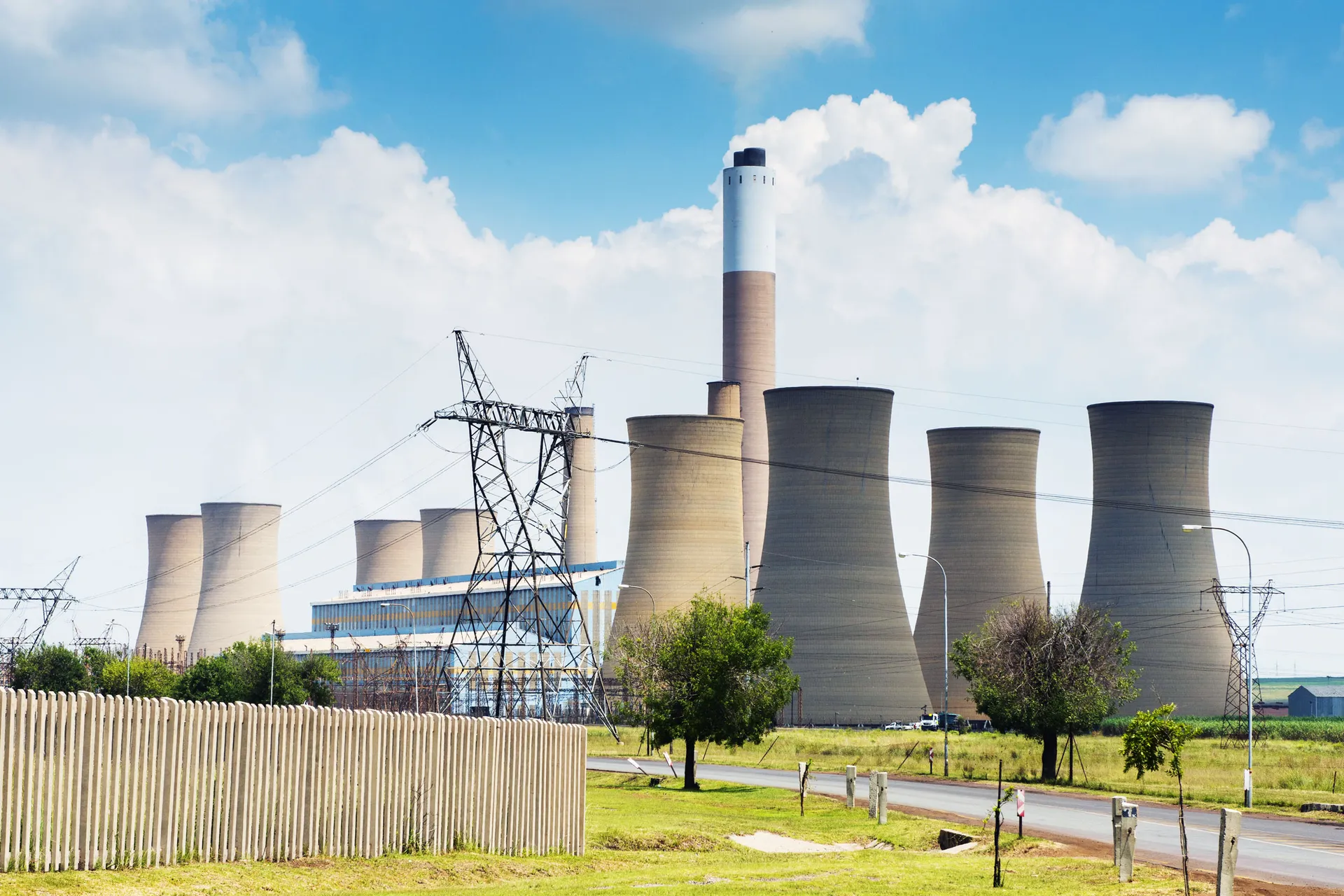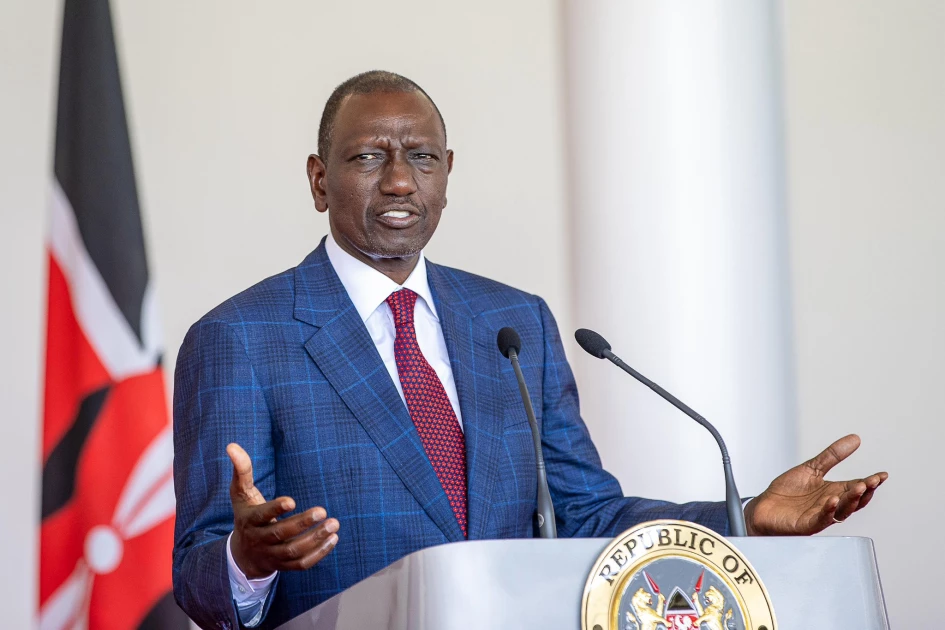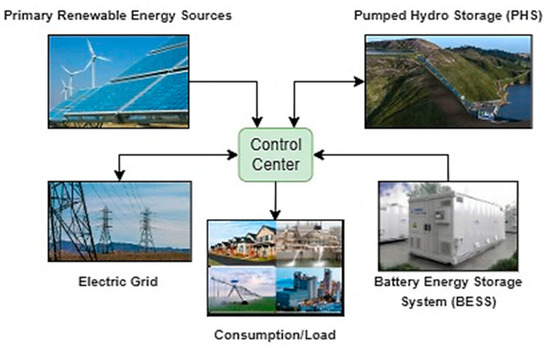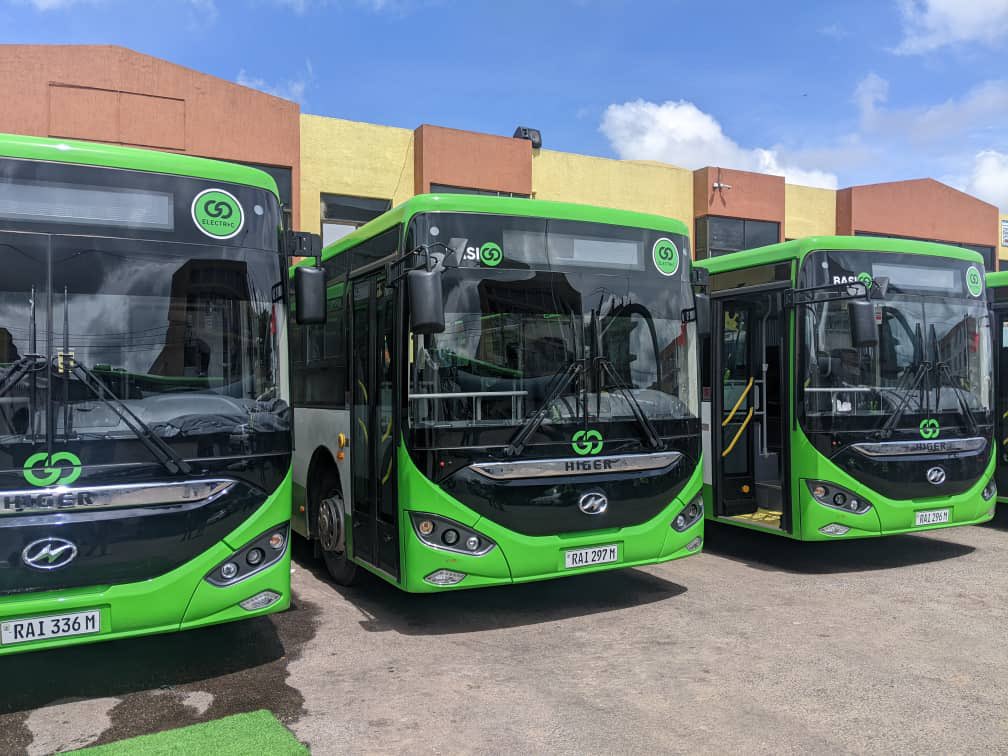Kenya has clinched a ¥25 billion (about $169 million) yen-denominated “samurai” credit from Japan to accelerate local vehicle assembly and tackle electricity transmission and distribution losses, one of the biggest drags on the country’s power system.
The deal, announced during the Ninth Tokyo International Conference on African Development (TICAD-9) in Japan, is backed by Nippon Export and Investment Insurance (NEXI) to lower Kenya’s borrowing costs while de-risking investors. Funds will be channeled to the automotive value chain and grid efficiency upgrades aimed at reducing losses that currently consume roughly 23% of national electricity output.
Under the agreement, Japan will extend up to ¥25 billion in Samurai financing, yen-denominated credit placed in Japan’s domestic market, to Kenya’s government. The package targets two priorities: (1) strengthening local vehicle assembly and parts manufacturing, and (2) cutting technical and commercial losses across Kenya’s power network.
By deploying a NEXI guarantee, Nairobi expects a lower all-in cost than comparable hard-currency borrowing, at a time when global rates remain elevated. The financing was unveiled at TICAD-9 in Yokohama, where senior Kenyan officials held bilateral sessions with Japanese counterparts and export credit agencies. Specific pricing and detailed covenants were not immediately disclosed at the announcement.
Why it matters now
Kenya’s strategy is to diversify funding sources, including yen and renminbi markets, and use credit enhancements to reduce borrowing costs, not merely roll over existing debt. This shift reflects tighter global liquidity and the premium frontier issuers face in U.S.-dollar markets. Samurai credits, especially when backed by NEXI, can offer more predictable terms, broaden the investor base, and partially insulate budgets from dollar volatility.
On the energy side, Kenya has made large strides on clean generation (geothermal, wind, and solar), but grid losses around 23% persist, a structural inefficiency that pushes up end-user tariffs, erodes utility finances, and undermines industrial competitiveness. Prioritizing transmission and distribution upgrades, smart metering, transformer replacements, feeder rehabilitation, and loss-reduction programs, can yield immediate savings and free capacity without building a single new power plant.
On the mobility side, the financing dovetails with Kenya’s push to scale local assembly and develop a deeper parts ecosystem. Lowering the cost of assembling buses, motorcycles, and passenger vehicles locally can create jobs, encourage formalization in spares and maintenance, and support the gradual shift toward electric mobility through domestic value addition. Policymakers have repeatedly signaled that attracting component makers and tier-2 suppliers is essential to move beyond screwdriver assembly.
How the Samurai structure helps
A Samurai credit is yen-denominated funding raised in Japan’s market by a non-Japanese borrower. For sovereigns like Kenya, attaching a NEXI guarantee can compress spreads because Japanese investors price to the guarantor’s risk rather than the sovereign alone. That can translate into cheaper coupons and longer tenors than what might be available in the Eurobond market in a high-rate environment.
While authorities indicated that yen- and renminbi-linked borrowings would initially remain unhedged, they also said exposures will be closely monitored, important given FX translation risks to the budget.
What to expect next
Officials have not yet published the full term sheet, but the government’s broader debt management stance is clear: use credit-enhanced, diversified instruments to lower the weighted average cost of capital and to fund projects with near-term economic returns.
In energy, expect the money to target bottlenecks that drive technical losses, such as overloaded lines, aging substations, and non-technical losses mitigated by smart meters and better revenue protection. In automotive, watch for support to local assemblers, tooling and testing facilities, and supplier development programs aligned with standards needed for regional exports under AfCFTA.
The bigger picture Of growth, industry, and tariffs
Kenya has signaled confidence in a stronger 2025 growth outlook and is using concessional and credit-enhanced funding to underpin that trajectory. Cutting power losses is one of the fastest ways to soften pressure on electricity tariffs because every kilowatt saved in the wires is a kilowatt available for factories and households, without new generation CAPEX.
For manufacturers, more reliable and cost-efficient power lowers unit production costs and improves uptime; for households, it can stabilize bills and reduce the frequency of voltage-related equipment damage. Meanwhile, a healthier local auto industry means more jobs, a stronger tax base, and a platform for EV adoption that leverages Kenya’s relatively green grid mix.
Also read; How Senegal Plans to End Gas Imports by 2026 and Power Its Future with Homegrown Energy
The upside is meaningful, but execution matters. Currency risk is a key consideration for any unhedged foreign-currency borrowing; yen appreciation versus the shilling would raise the local-currency cost of debt service. Transparent reporting on how proceeds are allocated, by project, timeline, and performance indicator, will be vital.
On the power side, loss-reduction should be measured through verifiable KPIs: system average losses, feeder-level audits, and collections efficiency. On the auto side, success looks like higher local content ratios, increased assembly throughput, and supplier accreditation milestones, not just headline unit counts.















